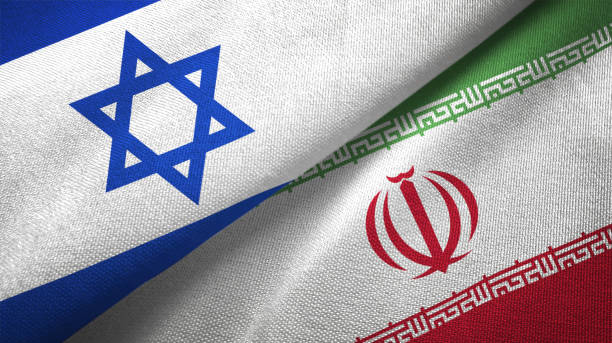Israel vs. Iran: Assessing Their Military Strengths
The escalating tensions between Israel and Iran, particularly highlighted by the recent missile exchanges, have brought their military capabilities into sharp focus. This analysis delves into the comparative military strengths of these two Middle Eastern powers, offering insights into their respective force structures and operational capacities.
Israel maintains a formidable military presence with 170,000 active personnel, supplemented by 465,000 reservists and 35,000 paramilitary forces. In contrast, Iran boasts a significantly larger military force, comprising 610,000 active personnel, 350,000 reservists, and 220,000 paramilitary forces. This numerical superiority gives Iran a substantial manpower advantage over Israel.
In terms of aerial capabilities, Israel operates a fleet of 612 aircraft, which includes 241 fighter jets and 146 helicopters, of which 48 are classified as attack helicopters. Israel’s air power is further enhanced by 23 special-mission aircraft, providing greater operational flexibility and intelligence capabilities. On the other hand, Iran possesses a total of 551 aircraft, including 186 fighter jets and 129 helicopters, with 13 designated as attack helicopters. While Iran’s air force is considerable, Israel’s technological edge and the inclusion of special-mission aircraft give it a qualitative advantage in the skies.
Israel’s land forces are equipped with 1,370 tanks and a substantial fleet of 43,407 armored vehicles. Additionally, Israel fields 650 self-propelled artillery units and 150 rocket artillery systems. Conversely, Iran surpasses Israel in tank numbers, operating 1,996 tanks, and has a larger inventory of 65,765 armored vehicles. However, Israel’s edge in self-propelled artillery units, with 580 compared to Iran’s 775 rocket artillery systems, suggests a more versatile and mobile ground force. This balance in land forces shows both nations have strengths in different areas, with Iran focusing on numerical superiority and Israel on advanced technology and mobility.
Israel’s naval capabilities are relatively limited but technologically advanced. The Israeli Navy includes five submarines, seven corvettes, and 45 patrol vessels, but it lacks frigates. In contrast, Iran’s navy is more robust in terms of sheer numbers, featuring seven frigates, three submarines, 19 patrol vessels, and one mine warfare vessel. This stronger naval presence enables Iran to exert greater influence over the strategically crucial Persian Gulf. However, Israel’s submarines are reputed for their advanced technology and stealth capabilities, which can serve as a strategic deterrent.
The military standoff between Israel and Iran has intensified following latter’s latest missile offensive on October 1, which saw 180 ballistic missiles launched towards Israel. The majority of these missiles were intercepted by a combination of anti-missile defenses from Israel, the US, and Jordan, highlighting the effectiveness of Israel’s missile defense systems. In response, Israeli Prime Minister Benjamin Netanyahu condemned the attack, asserting that Iran “made a big mistake” and would face serious repercussions. This stern warning from Israel was met with a counter-threat from latter , promising an even larger retaliatory strike if targeted further.
The missile attack was reportedly a response to recent Israeli actions, including the killing of Hezbollah chief Hassan Nasrallah, as claimed by latter’s Revolutionary Guards. This cycle of retaliation and counter-retaliation has raised alarms about the potential for a broader conflict, prompting the United Nations to call for an immediate ceasefire. The UN’s intervention underscores the serious concerns about regional instability and the possibility of a full-scale war in the Middle East.
The comparison of military strengths between Israel and Iran reveals a complex balance of power. Israel’s technological advancements, especially in air power and missile defense systems, provide it with significant strategic advantages despite its smaller manpower. Latter’s larger military force, with its substantial numbers in both personnel and equipment, suggests a capacity for sustained conventional warfare and regional influence, particularly in the Persian Gulf.
The recent developments illustrate how military capabilities are not just about numbers but also about strategic deployment and technological superiority. Israel’s effective interception of the majority of Iranian missiles demonstrates its advanced defensive technologies, while latter’s ability to launch such a significant offensive underscores its substantial missile capabilities.
The military strengths of Israel and Iran highlight the different strategic approaches of these two nations. Israel relies on technological superiority and highly trained personnel to offset its numerical disadvantage, while Iran leverages its larger manpower and extensive inventory of military hardware. The recent missile exchanges and escalating rhetoric further emphasize the volatile nature of their relationship and the potential for conflict. As both nations continue to assert their military capabilities, the international community remains vigilant, hoping to prevent a full-scale war in an already tumultuous region.

